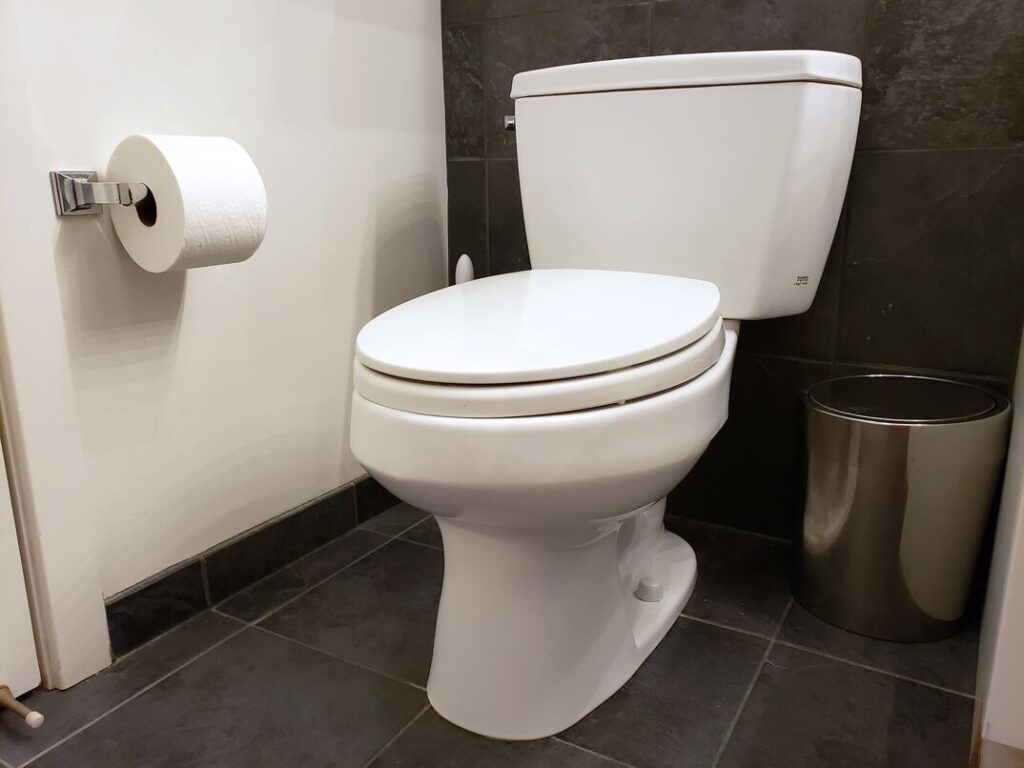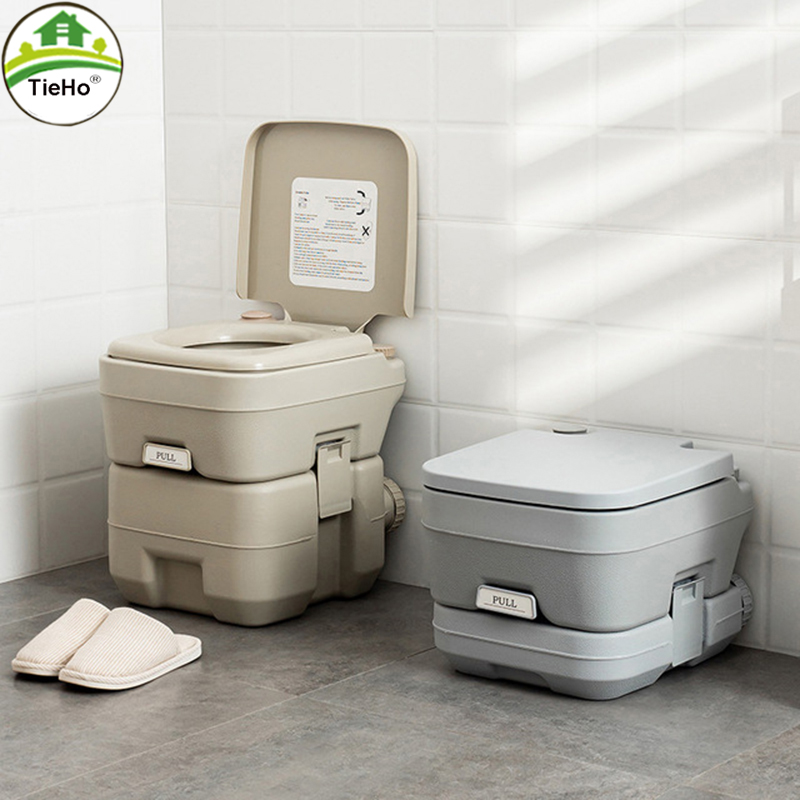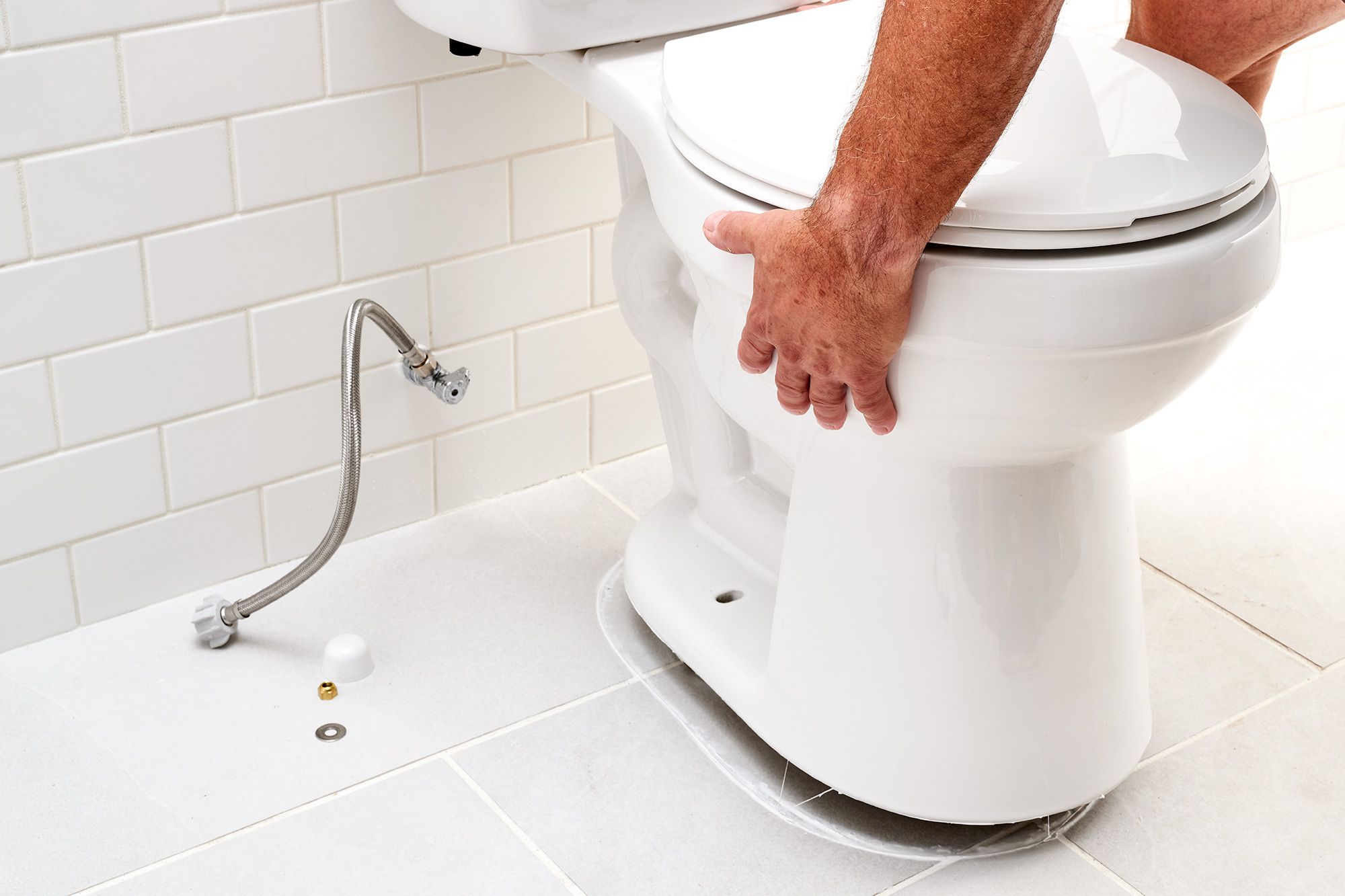
Toilets can vary significantly in weight depending on their type and design. The weight of a toilet can be a crucial factor when it comes to installation, repair, or replacement.
How much does a toilet weigh?
The average weight of a toilet can vary significantly depending on the type and design. How heavy are toilets? Standard two-piece toilets typically weigh between 60 to 100 pounds, while one-piece toilets can weigh in toto toilets, upwards of 80 to 120 pounds. How much does a toilet weigh in kg? A standard two-piece toilet typically weighs between 31.8 to 45.4 kilograms, while one-piece toilets can weigh between 40.8 to 68 kilograms, wall-hung toilets can weigh between 22.7 to 54.4 kilograms.
This toilet weights above is the dry weight (net weight) of the toilet without water, seat, or lid. Once installed, each of these components will add an extra 20 pounds of weight to the average toilet bowl weight, making it significantly heavier.
Factors affecting the weight of the toilet
Taking these factors into account will help ensure that your installation is as smooth and secure as possible.
1. Toilet size and design
A standard round toilet weighs an average weight of around 70 lbs, while an elongated toilet can weigh a dead weight of up to 120 lbs. Larger toilets, especially those with a larger trapway or flush valve, will weigh more. A commercial-grade toilet can weigh over 200 lbs.
2. Toilet brand
Luxury toilet brands like Toto, Kohler, MiniLoo, and Laufen’s Ilbagnoalessi offer heavier toilets that come with additional features for convenience and comfort. These other toilets weigh and features, such as heated seats and bidets, add on average weights 5 to 15 lbs of additional weight to the total toilet weight.
3. Toilet material
Toilets made of vitreous china or porcelain tend to be lighter materials weigh less than those made of cast iron or steel. Ceramic toilets are typically the lightest toilet weight, while steel toilets are the heaviest.
4. Flush mechanism
A dual flush toilet with two flush valves will weigh more than average standard toilet weight of a single flush toilet. Pressure-assisted toilets also weigh more due to tank weight and the added flush tank components.
When installing a toilet, it’s important to ensure you have adequate support for the flooring to withstand the toilet’s weight. For example, a cast iron toilet should be installed on a concrete floor, while a lighter ceramic toilet can be installed on most bathroom floors. Consider the weight of your chosen toilet and the specs for your flooring to avoid cracking or other damage.
Types of Toilets
How heavy are toilets? Toilets can vary in weight depending on the type of toilet.
One-piece toilets
One-piece toilets are becoming increasingly popular due to their sleek and modern design. The design is a single unit that seamlessly combines the toilet bowl and tank into one. This type of toilet is heavier than two-piece models, but they are easier to install and require less maintenance. They also tend to be more efficient, as the toilet tank and bowl are perfectly matched for maximum water efficiency. One-piece toilet can weigh anywhere between 88 and 110 pounds.

Two-piece toilets
Two-piece toilets consist of two separate components – the tank and the bowl. This design is more common than one-piece toilets and is surprisingly lightweight.
How much does a two-piece toilet weigh? On average, the tank portion of a two-piece toilet can weigh anywhere from 25 to 45 pounds, while the entire toilet may weigh between 60 and 110 pounds, depending on the make and the toilet model used.

When it comes to replacing a two-piece toilet, it’s important to consider the weight of the toilet during removal and installation. Lifting a two-piece toilet on your own can be challenging, so it’s always best to enlist help or use the proper tools for the job. Additionally, if you plan on replacing your two-piece toilet with a one-piece version, it’s important to consider the weight difference of both toilets in order to properly prepare your bathroom flooring.
How much does a toilet bowl weigh?
The weight of a toilet tank can vary depending on the material, size, and design of the tank. Average toilet tank weight 30 to 50 pounds (13.6 to 22.7 kilograms), accounting for about 1/3 of the total toilet weight. This weight includes the tank itself, as well as any fittings, flush mechanisms, and hardware that may be attached.
Smart toilets
Smart toilets provide a range of features that make them more than just regular toilets. In addition to traditional flushing mechanisms, they may include heated seats, bidets, odor sprays, and water sprays. All these additional features add to the overall weight of the toilet.

On average, leading Smart toilet models weigh between 90 and 120 pounds, which is significantly heavier than traditional one-piece and two-piece toilets. Some manufacturers have gone to great lengths to make their other toilet models lighter, with some as light as 55 pounds. However, these may be less feature-rich than their heavier counterparts. Therefore, when shopping for a Smart toilet, it is important to consider the overall weight of the toilet weigh the model in order to ensure that you choose one that is suitable for your bathroom and that can withstand everyday use.
Wall-hung toilet
Wall-hung toilets offer a modern, minimalist look and can help to create the illusion of more space in tight bathrooms. They are suspended from the wall and are usually much lighter than traditional toilets because of their anchoring requirements. The toilet bowl itself will typically weigh between 50 to 70 pounds, depending on the model. Wall-hung toilets are typically installed using a special mounting system that helps to keep the toilet securely attached to the bathroom wall. This mounting system also helps to bear the weight of the toilet bowl, allowing it to remain securely in place.

Portable toilets
Portable toilet usually feature a toilet bowl, a storage tank that contains fresh water and a waste tank to collect waste. The waste tanks are designed to be emptied as needed, so that it is not carrying any waste around with it. The toilet bowl itself can vary greatly depending on the size and model of the toilet, ranging from small shallow bowls to larger deep bowls. Some even come with a built-in seat for added comfort. Furthermore, a variety of accessories such as toilet paper holders and hand sanitizer stands are also available for portable toilets.
Portable toilets are designed for maximum portability, which is why they are usually made from lightweight materials such as plastic. In general, the weight of a portable toilet usually ranges from 10 to 15 pounds, allowing it to be easily transported.

Why is one-piece toilet heavier than two-piece toilet?
One-piece toilet are heavier than two-piece toilet for a few reasons. Firstly, the design of one-piece toilet is much more complex than two-piece toilet. One-piece toilet bowls usually have a skirted design which wraps around the toilet bowl, concealing the internal mechanics and creating a more streamlined look. This additional porcelain material adds to the weight of one-piece toilet compared to two-piece toilet, which are typically made with less porcelain and simpler designs.
Secondly, one-piece toilets are heavy because they are created in a single firing, meaning that the tank and bowl of compact toilets are connected and fired together as one piece. This process creates a strong bond between the two parts, which adds to the overall weight of the toilet. Finally, the components of one-piece toilets are typically larger and bulkier than two-piece conventional toilets, adding to their overall weight.
Are there weight limits when using toilets?
It is important to note that toilets have weight limits, as the toilet bowl and supporting structures need to be able to handle a person’s body weight. A floor-mounted toilet typically has a weight limit of about 1000 lbs, while a wall-mounted toilet usually has of about 500 lbs. These weight limits are important for ensuring the toilets are safe to use, as they need to be sturdy enough to handle a person’s bodyweight without causing issues with the building’s structure.
Can you lift the toilet yourself?
While lifting a standard 70-100 pound two-piece toilet may not present a significant challenge for some individuals, it can still require a considerable amount of effort and care. Two-piece toilets are generally easier to install and remove because they are lighter in weight, and the tank and bowl can be lifted and moved separately. However, if a toilet is still in its box, it can be quite cumbersome to transport or move alone, such as when transferring it from a store to a vehicle or when delivering it from the front door to an upstairs bathroom after an online purchase.
It is important to remember that lifting or moving heavy objects, including toilets, can pose a risk of injury, especially if proper lifting techniques are not used. It is always advisable to seek assistance when moving a heavy toilet or to use equipment, such as a dolly or hand truck, to help transport it safely. Additionally, it may be necessary to hire a professional plumber or installer to properly lift and install a toilet to avoid any damage or accidents.
How much does a toilet seat weigh?
Toilet seats can vary in weight depending on their material, design, and size. Generally, most standard toilet seats weigh between 2 to 6 pounds (0.9 to 2.7 kg). However, toilet seats made of heavier materials, such as wood or metal, can weigh up to 10 pounds (4.5 kg) or more.
It is important to consider the weight of a toilet seat when installing or replacing one. The weight of a toilet seat can affect its stability, comfort, and durability.
How to transport a toilet with a wheelbarrow or trolley?
Here are the steps you can follow to lift a wall-hung toilet using a wheelbarrow or trolley:
1. Prepare the toilet: Turn off the water supply and remove the toilet seat, lid, and cistern if applicable. Wrap the toilet in a protective covering to prevent damage during transportation.
2. Secure the toilet: Use straps or ropes to secure the toilet to the wheelbarrow or trolley.
3. Lift the toilet: With the help of a partner, carefully lift the toilet onto the wheelbarrow or trolley, making sure it is balanced and stable.
4. Transport the toilet: Push the wheelbarrow or trolley to the desired location, taking care to avoid bumps or obstacles that could cause the toilet to shift or fall.
5. Install the toilet it according to the manufacturer’s instructions.
Conclusion
Knowing how much a toilet weighs is crucial when planning to replace it or remodel your bathroom. It helps you to determine if you are physically able to lift and move the toilet or if you need to hire a professional to do it for you. It can also help you choose the appropriate tools and equipment needed to safely move and install the new toilet. Additionally, understanding the weight of a toilet can help you make informed decisions about the location of the new toilet and whether any additional structural reinforcement is needed to support its weight.
Read more: Round vs elongated toilet: a detailed comparison of 10 important characteristics
Can one person lift a toilet?
A standard two-piece toilet, which can weigh between 70 to 100 pounds, can usually be lifted and installed by one person, although it may be helpful to have a second person assist with positioning and stabilizing the toilet during installation. However, larger and heavier one-piece toilets or wall-hung toilets may require two or more people to safely lift and install them.
How much does a toilet lid weigh?
The weight of a toilet lid can vary depending on the material it is made from and its size. On average, a toilet lid can weigh between 2 to 5 pounds (0.9 to 2.3 kilograms). However, some heavier and larger toilet lids made from materials such as stone or marble can weigh up to 20 pounds (9 kilograms) or more.
Is it hard to lift a toilet?
Lifting a toilet can be relatively straightforward, but it’s essential to use proper lifting techniques to avoid injury. It’s also important to consider the weight of the toilet, as heavier toilets may require more effort to lift and maneuver.

